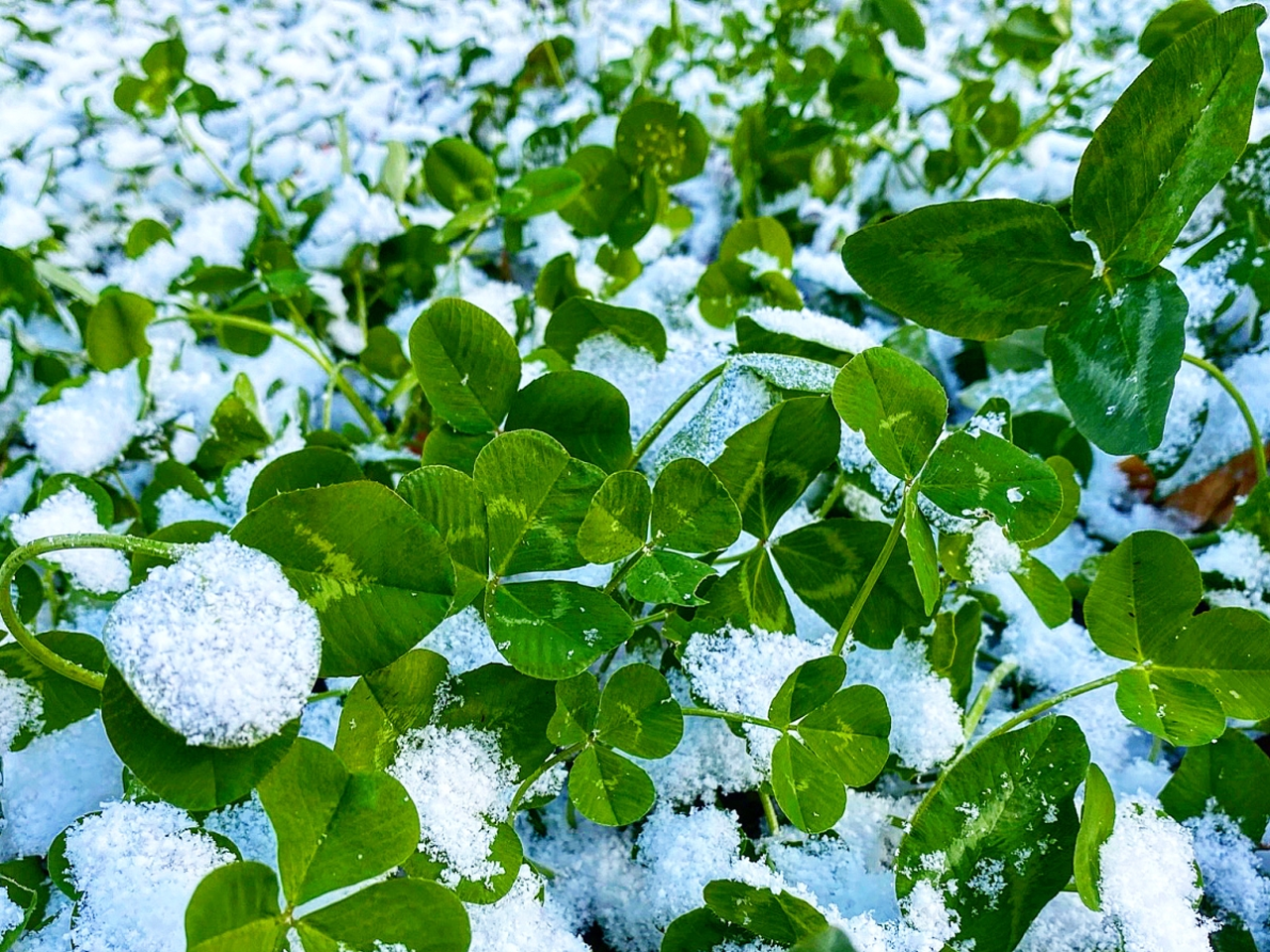
Snow Seeding Sowing Clover Seeds
Snow seeding is a process of planting seed during winter, and it is a great way to add clover to your wildlife food plots and farm livestock pasture. White clover, red clover, and crimson clover are all excellent choices for snow seeding, as they are hardy plants that can withstand harsh winter conditions, and they are an excellent source of food and nutrition for wildlife and livestock.
White clover is a legume, which means it has the ability to fix nitrogen in the soil. This makes it an excellent addition to any wildlife food plot or pasture as it not only provides food and nutrition but also helps to improve the soil structure and fertility. White clover is also a great source of protein, vitamins, and minerals, which makes it a great choice for livestock.
Red clover is a popular choice for pastures, wildlife food plots, and cover crops. Red clover is highly nutritious and is an excellent source of protein and fiber for both wildlife and livestock. Additionally, red clover is known for its ability to help reduce soil erosion and improve soil fertility.
Crimson clover is also a popular choice for wildlife food plots and pasture. It is a warm-season annual that grows well in the southern United States and provides a valuable source of food and nutrition for both wildlife and livestock. Crimson clover is also known for its ability to fix nitrogen in the soil, making it a great choice for soil improvement.
To snow seed white, red, or crimson clover, you need to wait until the ground is frozen and covered in snow. This provides a natural insulation for the seeds and helps to keep them from drying out during the winter months. Once the ground is frozen and covered in snow, simply scatter the clover seeds over the area you want to plant. The seeds will then be covered by the snow, which will help to protect them from extreme weather conditions and keep them moist.
Once the snow begins to melt in the spring, the seeds will begin to germinate and grow into mature clover plants. As the clover grows, it will provide a food source for wildlife and livestock, and will also help to improve the soil structure and fertility.
In addition to snow seeding, white, red, and crimson clover can also be planted in the fall or spring, either by themselves or as part of a food plot mix. When planting in the fall, it is important to wait until the soil temperature is between 50°F and 60°F, as this is the optimal temperature range for seed germination.
In conclusion, snow seeding white, red, and crimson clover is an excellent way to add valuable food sources to your wildlife food plots and farm livestock pasture. They are hardy plants that can withstand harsh winter conditions and provide great sources of food and nutrition for wildlife and livestock, as well as helping to improve the soil structure and fertility. So, whether you are looking to add a food source for your wildlife or livestock, snow seeding clover is a great choice.
Get In Touch
11076 Norman Rd., Brockway, Michigan, 48097, USA
Quick Links
Copyright © 2025 Crooked Bend. Website by JZ Internet
 Prev Post
Prev Post




